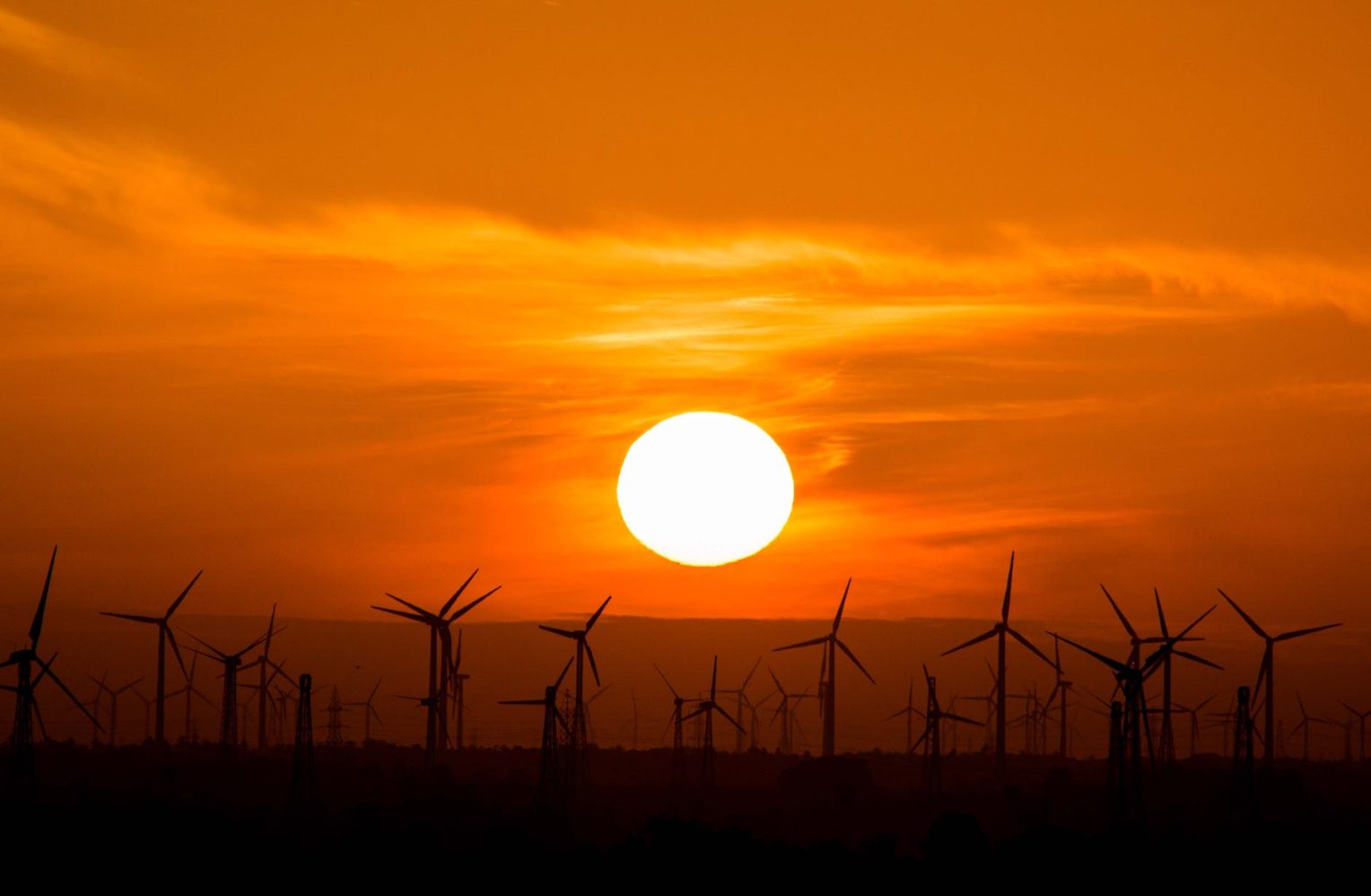
Utility-scale solar and wind provided over half of new US generating capacity added in the first half of 2023, according to new Federal Energy Regulatory Commission (FERC) data.
The SUN DAY campaign reviewed FERC’s latest monthly “Energy Infrastructure Update” report and found that of the 17,017 megawatts (MW) of new generating capacity placed in service through June 30, 2023, 5,867 MW (34.48%) came from solar, and 2,750 MW (16.16%) came from wind for a combined total of 50.64%.
Including new capacity from hydropower (254 MW), geothermal (44 MW), and biomass (30 MW), the mix of renewables accounted for 52.57% of new generation added. Most of the balance came from 8,025 MW of natural gas (47.16%). The rest was comprised of 16 MW of new oil capacity and 31 MW of waste heat.
New solar capacity added between January and June 2023 set a new record for that particular time period. Utility-scale solar is now 6.97% of total available installed generating capacity. Wind is another 11.62%. Taken together, the mix of all renewables now accounts for 28.06% of the total.
In 2022, it was 26.74%, and five years ago, it was 20.67%. Thus, renewables are adding about 1.5% each year to their percentage share of US generating capacity – and that growth is expected to accelerate as a result of incentives provided by the Inflation Reduction Act.
By June 2026, FERC anticipates “high probability additions” of solar to provide another 81,284 MW, while wind is expected to expand by 19,734 MW. Assuming that happens, solar and wind combined would provide 26.01% of US generating capacity. Wind would account for 12.41% of installed capacity while utility-scale solar would provide another 12.60%.
So that means installed solar capacity is expected to overtake that of wind within three years, making it the largest renewable source by capacity – and FERC doesn’t include generating capacity data provided by small-scale, distributed solar, such as rooftop solar.
Factoring in FERC’s forecasts for hydropower, geothermal, and biomass, renewable energy sources would expand from today’s 28.06% of installed generating capacity to 33.99% – that’s over a third by June 2026.
For perspective, utility-scale solar’s share of US generating capacity by June 2026 could be more than four times that of oil (2.68%), substantially greater than that of nuclear power (7.58%), and nearly equal to that of coal (13.95%). (And let’s keep in mind that generating capacity is not the same as actual generation.)
Solar and wind’s share of US generating capacity could actually be substantially higher if new capacity exceeds FERC’s forecast of “high probability additions.” The agency indicates that the amount of solar and wind in the three-year pipeline could be nearly three times higher than the total of the “high probability additions.” Solar could add 214,563 MW, while wind could grow by 66,286 MW.
Moreover, recent history suggests that solar and wind growth is outpacing FERC’s predictions for “high probability additions.” A year ago, FERC forecast “high-probability additions” for wind and solar within three years of 17,225 MW and 66,315 MW, respectively. FERC’s latest three-year outlook for those sources is now more than 20.9% higher.
Meanwhile, if just FERC’s “high probability” forecasts materialize, by June 2026, installed US fossil fuels’ share of total capacity will drop significantly: natural gas – 41.65% (from 44.41% in June 2023), coal – 13.95% (from 16.43%), and oil – 2.68% (from 2.87%). Nuclear power will also fall from 8.06% today to 7.58% in June 2026.
SUN DAY Campaign’s executive director Ken Bossong said:
Solar and wind combined continue to add more new capacity to the nation’s electrical generating mix than any other energy source. Within three years, they will each account for over an eighth of US generating capacity, while the combination of all renewable sources will be over a third.
Read more: In a ‘watershed moment,’ interconnecting the US grid just got a lot more efficient
Photo: Amol Mande on Pexels.com
To limit power outages and make your home more resilient, consider going solar with a battery storage system. In order to find a trusted, reliable solar installer near you that offers competitive pricing, check out EnergySage, a free service that makes it easy for you to go solar. They have hundreds of pre-vetted solar installers competing for your business, ensuring you get high quality solutions and save 20-30% compared to going it alone. Plus, it’s free to use and you won’t get sales calls until you select an installer and you share your phone number with them.
Your personalized solar quotes are easy to compare online and you’ll get access to unbiased Energy Advisers to help you every step of the way. Get started here. –ad*
FTC: We use income earning auto affiliate links. More.




Comments